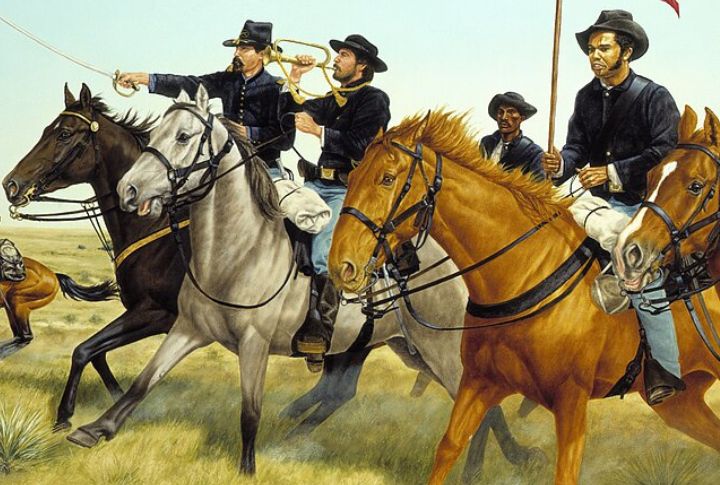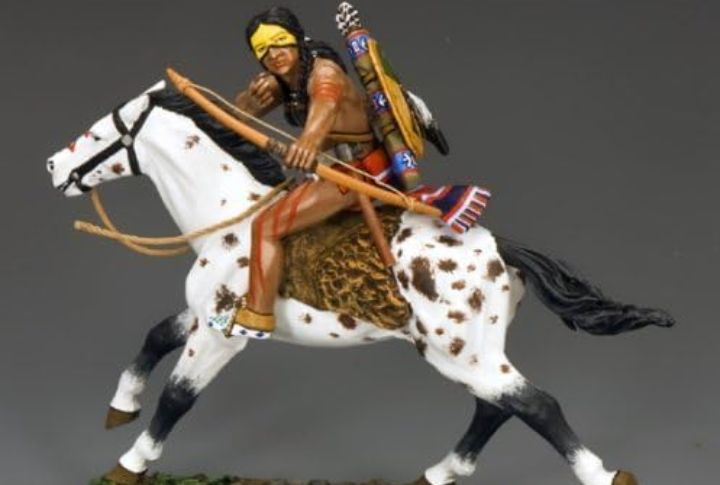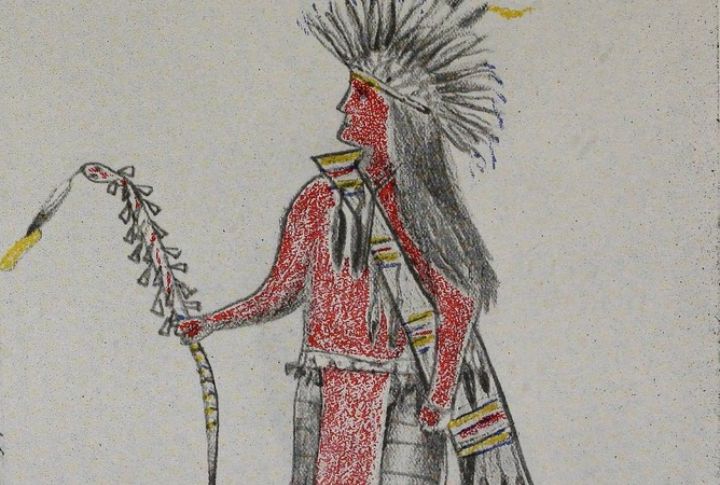
The Dog Soldiers shaped Cheyenne’s history in ways that still matter. They stood apart, acting on their own terms, bound by a code that prioritized loyalty over life. Their legacy isn’t just remembered in stories. It lives on in the values passed down through families and ceremonies today.
Origins Of The Dog Soldiers

The Dog Soldiers emerged in the early 1800s among the Southern Cheyenne on the central plains in what is now Colorado and western Kansas. Originally one of several Cheyenne warrior societies, they evolved into a distinct, militant group fiercely defending tribal lands. In times of conflict, they often acted independently of the tribe’s traditional leadership.
A Code Sealed By The Dog Rope

Members carried a sacred sash called the dog rope, which was used to show commitment and extraordinary courage. In battle, warriors would stake themselves to the ground by planting the rope’s end in the earth. This oath meant they would not retreat or surrender unless another warrior released them.
Rituals That Prepared Them For Battle

Ceremonies before combat often involved baths in cold rivers to purify their bodies and rubbing themselves with white clay or paint believed to provide strength. Some even cut small pieces from their arms as a form of sacrifice. They also followed specific ceremonies that included fasting.
Fueled By Spiritual Power

Dog Soldiers believed they received strength from animal spirits, such as the wolf or eagle, and often wore claws, feathers, and symbolic paint to channel those creatures’ traits during battle. Spiritual guidance and visions were essential parts of their warrior identity and inspired confidence even in the toughest fights.
Feared And Revered

They were known as skilled fighters who mastered guerrilla warfare. Relying on speed, stealth, and knowledge of the land, they ambushed enemies and quickly disappeared. This made them difficult to predict or pursue, and their tactics proved highly effective against better-armed forces.
Songs That Led Them To Battle

Singing reminded fighters of their ancestors and the people they protected, so warriors entered the battle to traditional Cheyenne songs passed down through generations. These songs used strong drumbeats and sharp vocals to build courage and unity. Some tunes honored past victories, while others called for strength.
The Sand Creek Turning Point

In 1864, U.S. troops attacked a peaceful Cheyenne camp at Sand Creek, killing over 150 people, most of them women and children. Many survivors abandoned hope for peace after that. However, the incident also radicalized many young men who joined the warrior society and vowed vengeance across the plains of Colorado.
Fighting For Identity

The conflict wasn’t just territorial—it was cultural. Warriors defended sacred lands, oral traditions, and the Cheyenne language from government suppression as U.S. policies aimed to erase their way of life. The resistance preserved ceremonies, keeping tribal knowledge alive through brutal waves of forced relocation.
Final Stand And Downfall

Pressure from military campaigns and rival tribes reached a peak in 1869. At the Battle of Summit Springs, many warriors were killed or captured, including key leaders. With resources gone and numbers decimated, the once-dominant warrior society fell, ending a chapter of organized resistance in Cheyenne history.
A Legacy That Still Echoes

Even after their defeat, the warrior brotherhood remains a powerful symbol. Cheyenne families continue sharing their stories through traditional performances and spoken word. Museums also feature exhibits that preserve their memory, and younger generations still draw strength from their example and defend cultural traditions with pride.

